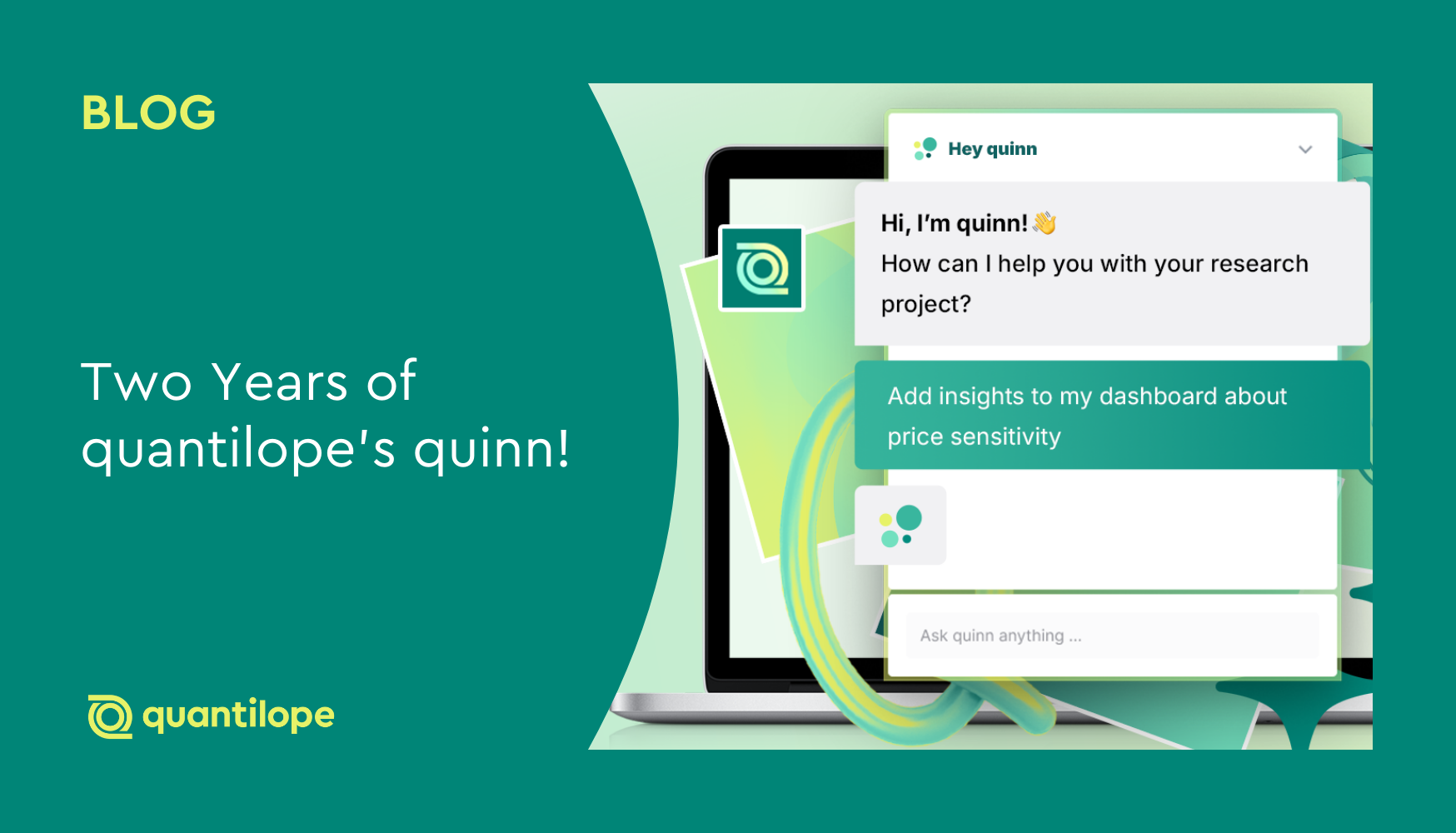It’s no secret that videos add an extra dimension to research. They’re most popular as an engaging alternative to the speech bubble in presentations; who wants to read a quote when you can watch the person it has come from saying it?
Suddenly you don’t have to imagine what Sandra, 45 from Birmingham looks like because you can see her in the flesh – which is not only a powerful way to take in consumer views but also means you are more likely to remember the point she makes weeks or months down the line.
But video goes beyond this. There are other ways in which video can bring value to the research process, before, during, and after the delivery of findings.
1) Analysis
When watching respondents on video we use more of our senses to decipher the message conveyed. This means that as well as hearing the words we hear the tone in which they are being said and any hesitations; we also see facial expressions and hand gestures, which might be supporting or contradicting the words that go with them. Interpretation of raw material is enriched as a result.
Video is particularly valuable when we need to witness a respondent’s behaviour. They might be undertaking a certain task or activity, demonstrating how they use something or reacting to stimulus. Analysing a visual record certainly beats trying to work out what they are doing or referring to in a written transcript or audio recording.
2) Homework
Giving colleagues or clients tasks to do before workshops is always an interesting way to get ideas flowing. Consider asking participants to watch a selection of videos and make a note of their thoughts. Here are some ways you could structure this:
- provide videos of respondents who are similar in some way (demographically, attitudinally, characteristically) and ask people to pull out commonalities
- ask them to note what surprises them/what doesn’t surprise them
- get them to prepare a summary of the clips they have seen to present to the rest of the workshop participants
- ask them to make a list of questions they have after watching the videos – e.g. what else they would like to know about these consumers, or what the findings might mean for their business
As well as acting as a good icebreaker or discussion starter, this activity allows participants to form their own reactions without being influenced by other workshop attendees.
3) Setting the scene
Videos make for a fantastic introduction to a presentation, workshop or conference. Use Plotto’s showreel tool to choose, edit and assemble footage from your video surveys. Choose attention-grabbing clips: those that represent key findings, make people laugh, or provoke strong reactions.
Single clips at the beginning of each section of a debrief can also work well. A carefully chosen one that communicates the main point of the section will give a flavour of what is coming up next as well as act as a bookmark for clients when they revisit the debrief later; watching the clip will remind them what the section is about.
4) Video portraits
Another great way to use Plotto’s showreel tool is for putting together videos illustrating different consumer groups – a particularly engaging method in segmentation studies where key points of difference need to be clearly demonstrated. This used to be done using pen portraits in presentations – bullet points, perhaps with photos attached – but it is so much easier to understand different consumer groups when you see them in action.
Videos don’t need to be long – their exact length will be dictated by how complex the segment is and how many other segments exist.
5) Challenging perceptions
One issue researchers can encounter is persuading clients that their target market feels a certain way (usually when the client would rather they didn’t feel that way). Often in business there are entrenched perceptions that are out-dated or unsubstantiated – assumptions about the identity or motivations of the audience, or assumptions about the product or service being offered. Nobody wants to hear that the shade of puce they spent days choosing for their new range of bubble bath does not in fact represent luxury and pampering but instead reminds their consumers of toxic waste. But if you play footage proving respondents’ reactions, you’re more likely to convince clients of the strength and nature of people’s views, and to get fruitful discussion underway.
6) Illustrating changes over time
We’re all familiar with video evidence of politicians saying one thing and then changing their minds months down the line, and it’s always a striking way to show how apparently firm views can be anything but. If you are doing longitudinal research, videos contrasting the views ‘then and now’ are a hard-hitting method of demonstrating how we’re all prone to a change of heart now and again.
7) Creating a lasting record
Videos are compelling when they are first watched and they can retain their power long afterwards. If they contain a lot of detail – such as video portraits showing the intricacies of cooking, shopping, hairstyling or make-up application – clients find it helpful to revisit the footage while devising their strategy or marketing tactics.
Have a look at quantilope's video survey tool inColor that helps you to gather, edit and share impactful videos to add a new dimension to your findings and client conversations.




.png)